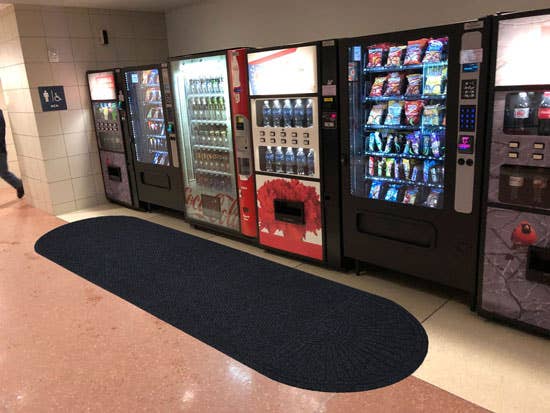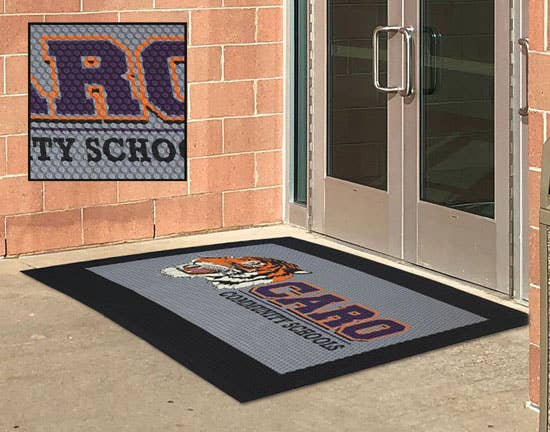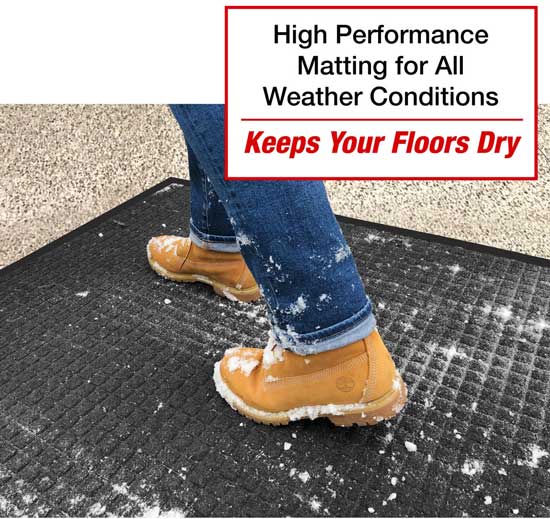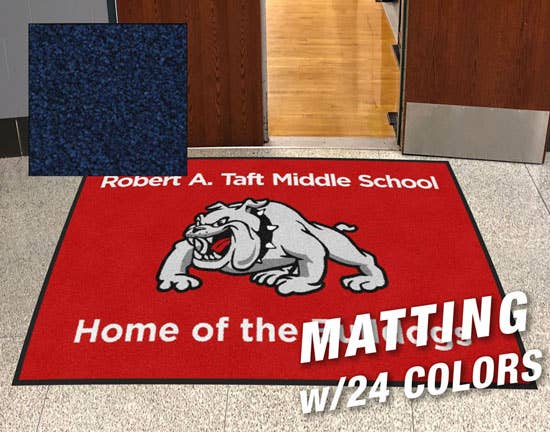Shop Products by Category
Find Hard-To-Find School Specific Products
You have no items in your shopping cart.
You have no items in your quote.
Checkout using your account
Checkout as a new customer
Creating an account has many benefits:

Up to 80% of dirt, dust, and grime in a building is tracked in from the outside on people’s shoes which is permanently damaging flooring and carpet. Mats play an important role in schools and facilities by helping to keep facilities clean, healthy, and safe.
There are many different types of mats, grouped by their use or placement.
1) Entrance mats, when placed correctly, can catch up to 90% of dirt, dust, debris, and moisture. These also help reduce wear on hard surface floors and reduce soiling of carpets while effectively minimizing slip and falls by keeping the floors clean and dry.
2) Anti-fatigue mats reduce leg and body strain from standing for long periods of time.
3) Specially designed 100% Nitrile Rubber mats reduce slips and falls in food service areas or any wet or greasy area.

When purchasing matting, it’s important to know not just how many mats are needed, but also what lengths are needed, especially for entranceways.
The Carpet and Rug Institute (CRI) recommends a minimum of 10 to 15 feet of matting before a person walks onto a carpeted or hard floor surface. Using 20 feet of matting can effectively capture, hold, and store up to 90% of soil and moisture.
 Place mats directly next to each other - gaps or spaces between mats defeat the purpose of collecting dirt and moisture and create a trip hazard
Place mats directly next to each other - gaps or spaces between mats defeat the purpose of collecting dirt and moisture and create a trip hazard
Matting is an important investment in the safety and cleanliness of your building or facility, so it’s necessary to properly clean and care for this investment. Be sure to regularly check mats for rippling, curling, or torn edges and remove or replace if this is found.

The Andersen Company: Educational Facility Mat Placement Guide
Cleaning and Maintenance Management: https://www.cmmonline.com
Carpet and Rug Institute: https://www.carpet-rug.org
We hope you found this guide helpful. To read more about our products, or about solutions to common school maintenance concerns, including replacing toilet partitions, toilet partition hardware, choosing teacher desks and more, please visit the School Fix Blog.